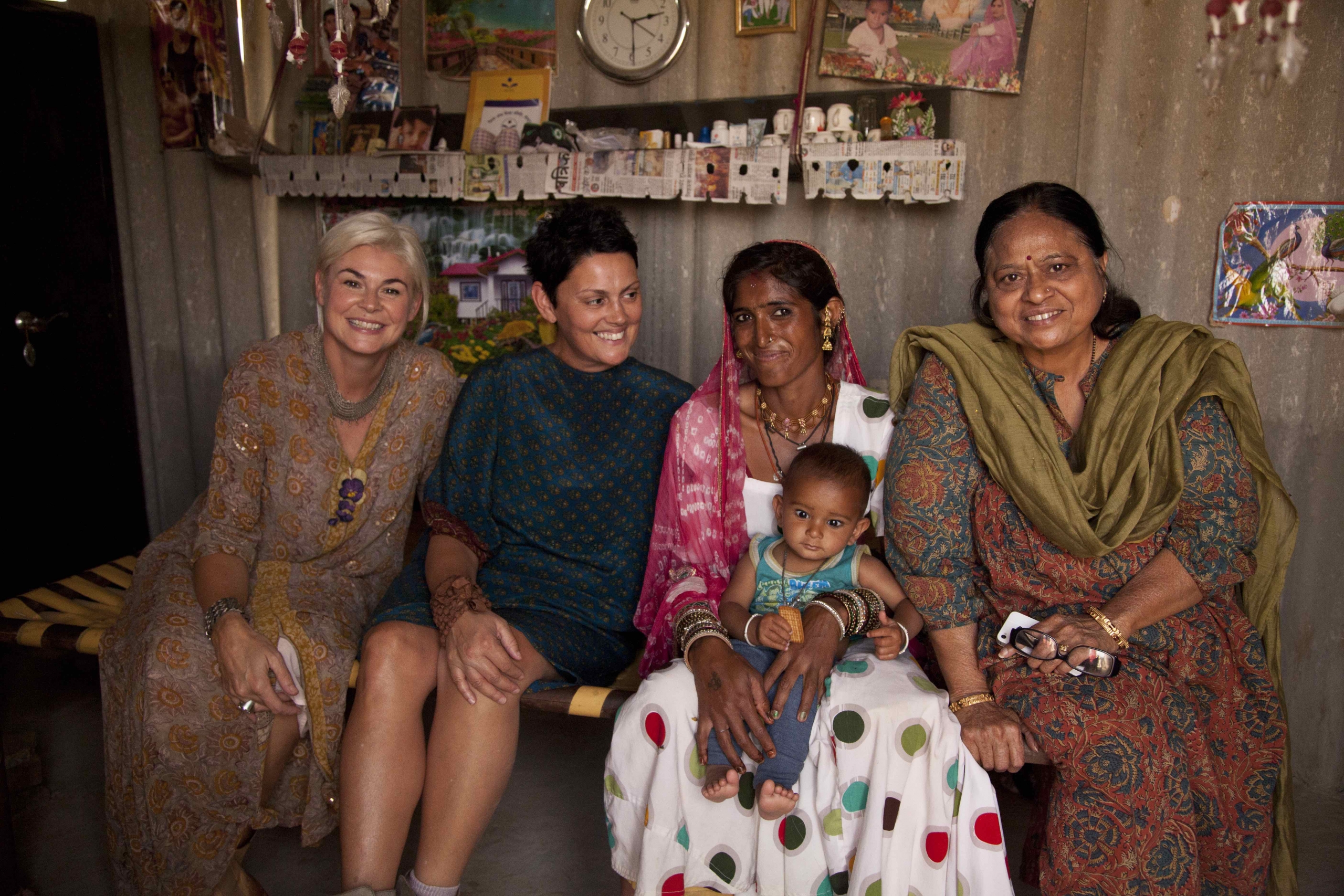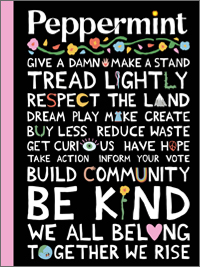
VAMFF and the Circular Economy
Heard of the circular economy and know it’s a Good Thing, but not too sure what it means in reality? Or consider yourself a fully paid-up member of the fan club, but want to know how you can help the broader fashion industry get onboard? In the run up to The Possibility Project’s amazing ‘evening of fashion activism’ at VAMFF with ‘The Future is Unity’, we caught up with The Possibility Project and slumwear108 co-founder, Kim Pearce, to get the lowdown on the ins-and-outs of the sustainable fashion future.
What most excites you about the circular economy in fashion?
It represents a highly natural way to organise the supply chain so that our fashion choices (for both the makers and takers) are restorative and regenerative for people and planet – it invites us to reevaluate the type of impact we want to make with our fashion dollar.
How is it different to the linear fashion economy?
The linear economy is based on a make, take and dispose mindset – whilst it produces material gain for some, the system is deeply wasteful and exploitative. The linear economy feeds our appetite for fast fashion – products are delivered quickly and cheaply, but we’re finally waking up to the waste that it produces. The circular economy is largely about re-evaluating what we waste on earth.
Why did you decide to adopt the circular economy for slumwear108 (which utilises discarded saris and materials in new clothing)?
We wanted to encourage people to reimagine what can be created with what they already have. Nature has a wonderful accounting system, and humans not so much. Our choices have become so wasteful, and we wanted to turn that waste into value. Every decision we make is based on creatively looking at what we already have, and the cornerstone of the circular economy (and slumwear108) is creativity, rather than time and money.
Where do you source the saris that you upcycle into dresses?
When you decide to trust that everything you need already exists, the universe has a way of bringing it to you. We met a wonderful man in Jaipur who helps us source the saris. Upcycling comes from the imagination, not the material!
Are there tips for readers who may want to bring circular consumption into their own lives?
The biggest tip we can give people is to wholeheartedly accept that the smallest individual actions will make a difference. When we value ourselves we naturally value everything around us. Waste is a consequence of disconnection – we’ve forgotten how things are made, by whom and with what, so anything that promotes unity between people and planet promotes circularity. Whether you refuse, reduce, repair, restore, rethink, recycle, do it with a sense of unity.


